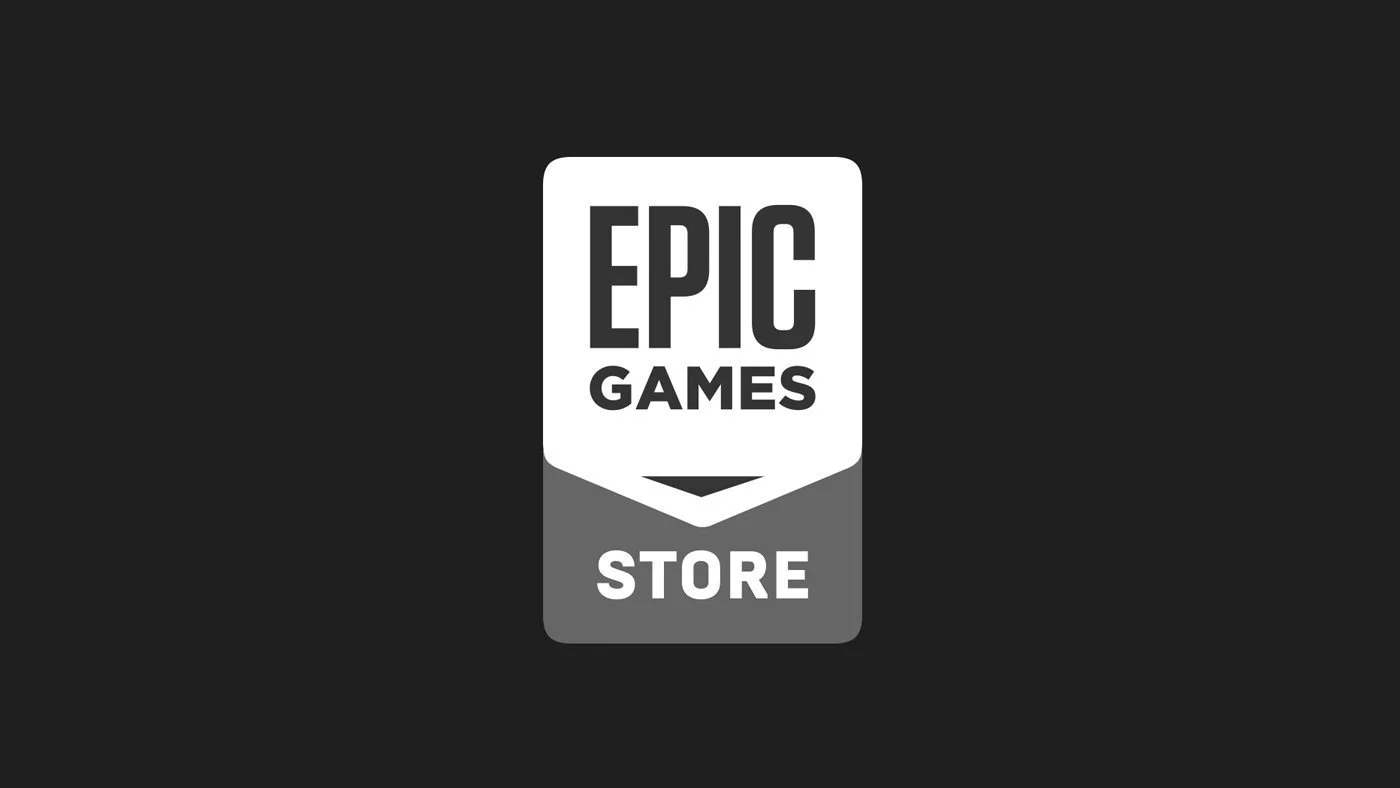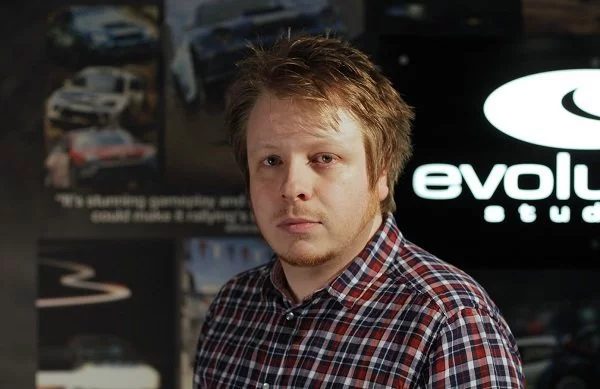Recently Stevivor had the opportunity to sit down with Simon Barlow, Design Director at Evolution Studios and Lead Developer of Driveclub.
During our interview we discussed what sets Driveclub apart from the competition, what support and DLC Evolution have in-store for the game, and what challenges were involved with getting the various car manufacturers onboard.
—
Stevivor: With so many other racers being released in the coming weeks, what does Driveclub do to differentiate itself from the competition?
Simon Barlow: First of all, it’s a great time if you’re a racing fan. It always feels like the racing genre is very cyclical. You get to the start of a new console generation and the racing scene starts to pick up again. The thing about Driveclub, Forza Horizon and The Crew is that they’re all doing different things, but all three of the developers are picking up on connected, social play. I get asked this a lot – are you influenced by the competition – but you really don’t have time to look and analyse others. It’s great that we’ve all gravitated to what we thing next-gen racing is. And, we’ve either got it all right or all wrong.
What we set out to do with Driveclub is to try and recreate the emotional connection you have with cars. Not necessarily the mechanics or the simulation aspect, but the feeling you get; these are elegant, high-performance cars. You should get a thrill getting behind the wheel of one. Racing games haven’t necessarily captured the feel of that. You can capture the mechanics of racing 1:1, but the feel is quite different. It was really important to us to bring in that emotional connection and give each car a distinct feel.
We’re the first game in what I feel is a long time, to try to pitch it between that arcade and sim; to make it accessible and easy to get into, but with a lot of depth. It’s not easy to do that. The only reason we’ve been able to – and I think we’ve succeeded – is based on experience and hard work, and knowing the market. We’re racing fans and petrol heads ourselves; we asked ourselves what we’d want to see and tried to create that ourselves.
Stevivor: How do you best explain the physics model used in Driveclub, and how did you get to choosing it?
Simon Barlow: As I said, it’s pitched between arcade and sim; Driveclub was conceived as a service. We won’t forget about it; it’ll have a real long tail. To do that, you need two things: it needs to be accessible and it has to have a lot of depth to it. You can’t have longevity without depth. We’re innovating in a few social areas, but they wouldn’t have mattered if no one stuck around to see them.
Generally speaking, if you’re going to aim for those two things, you’re going to miss both of them. We think we have the experience to pull it off.
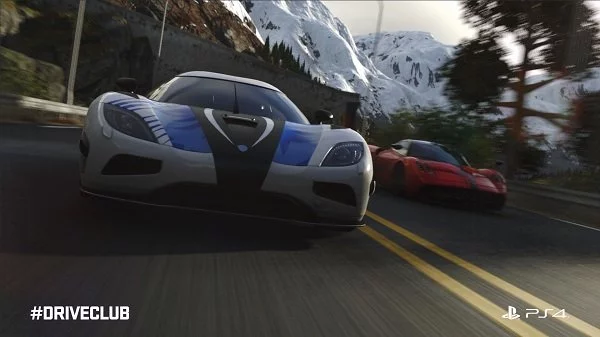
Stevivor: Speaking of longevity, how long are you talking, there?
Simon Barlow: We’ve announced twelve months’ worth of content update for the game. You could call it DLC, but I don’t really like that term; we’ve talked about this at Evolution a lot. I like DLC as a player, and that it extends an experience, but I feel like I get what I’m expecting with that. We wanted to take it further and open up a dialogue with the community. We’ve got a plan where we want to go, but we’ve left space in there to talk to the community. In twelve months’ time, we’ve been open with what you’re getting, ‘cause there’s no excuse not to, but we’ve also been coy with what location you’re getting. We like to have some surprises in there.
We’re also working on a replay mode for the game, because that’s what the community has requested. It was always in the plan for that, and we have a particular order for it, because that’s what fits with development. The thing about the replay mode is that we need physics to be deterministic. Now that our physics guy is free, he can look at that.
We want to have an open relationship with the community.
Stevivor: There’s a certain game that’s releasing DLC cars every month. Out of, say, 10 cars, there are about 3 or 4 that I like, and the rest are old and slow and not that fun to drive. With Driveclub, how are you deciding what cars to release?
Simon Barlow: What we’re doing is releasing a mix of free and paid content. We tend to theme releases. We want players to feel like they’re always getting something from the game, even if they’re not laying down cash. If you pick up the PS Plus edition of the game, you’ll still get updates. You won’t have to spend a single penny that way.
With packs, you want to theme them; you want to give players a reason to buy into them. It may be about performance, or a specific manufacturer. We’re trying to also tie packs into specific events and new ways to play.
When there is a new content drop – and that’ll be quite frequent – they’ll feel connected and considered, rather than just a standard content drop. We’ve tried to plan it.
Stevivor: What kinds of customisation are present in Driveclub?
Simon Barlow: There’s a lot of customisation you can do with the cars. We’ve steered clear of two upgrades: performance customisation doesn’t suit our game; we’ve spent a lot of time getting the balance right, and if you let people tweak that, it wrecks it. We want to give gamers a level playing field, with an equal shot at achieving something. You can go to town on the aesthetic customisation. You get far more than a standard palette; you get actual car paints, with exact pigmentation. Ferrari red is exact in our game, so when you look at it, it’s going to look different than in other games. The paint finish is also different thanks to our powerful, dynamic lighting engine. Our paints react to the light properly and you can get really unique vehicles as a result. You can also do vinyl customisation.
We’ve also got things called accolades; which when you achieve them, you get a badge. You can stick those on the side of your car; like sponsors on the side of your door. It’s a badge of honour – you can see what someone’s done just by looking at their car.
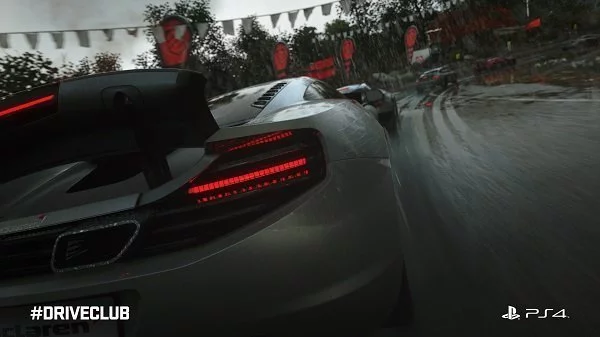
Stevivor: So, no body modifications?
Simon Barlow: Correct. That’s a conscious decision. Our game isn’t like something like Need for Speed or anything like that. It’s not really that type of game. A lot of these cars, you can’t really modify anyway, in real life. The Pagani Zonda-R is all carbon-fibre shell; you can’t modify it. We didn’t want to have some you could modify and others not. We wanted to make them realistic and detailed; we’ve hand-painted the stitches in leather inside the cars we’ve hand-picked.
Clubs are very important to the game – it’s in the title – so club livery is very important. We wanted you and five of your mates to have livery customisation and share an identity online. You have a club badge and club livery associated with that. You can have different cars but the same livery, and that’s pretty cool. I’ve changed my livery so many times when we test. I try to recreate the same one each time.
Stevivor: In trailers, there’s a lot of talk of high-end exotics; is it possible to select a low-end vehicle and make it throughout the whole game, or do you have to update?
Simon Barlow: You can do either, to be honest. The tour will take you through all of our classes, and you’ll get about, I don’t know, three or four from each class by the time you’re done. The game supports all of that; there’s multiple tiers. We’ve asynchronous play that we feel will be the main hook for everybody, and you’ll find you spend a lot of time trying to best friends on your leaderboard.
We also promote the most lucrative challenges worldwide, so you can dip in; same with things your mates are doing. You can dive into whatever you’d like, and then go back to single-player when you’d like. You can hop around classes as you’d like, ignoring other challenges or game modes. I like variety, so that’s the way I play.
Stevivor: What kind of work actually goes into including a vehicle in-game?
Simon Barlow: A lot. There’s quite a lot of work involved. Our vehicles are probably the most detailed, in-game. We use one vehicle. A lot of games use a presentation vehicle for some bits, and a lower-resolution vehicle in actual gameplay. Ours are the highest quality, in-game, I think. They take, because of that level of detail, a lot of time to build. It’s about seven months from start to finish, per vehicle.
We hand-paint the stitching, as I said; it’s a high-level of detail. We emulate the dashboards of each car to be accurate, so they light up as in real life. It’s a lot effort, but it’s worth it to build a deeply immersive game. Everything has to be consistent; there cannot be a weak link with it.
Stevivor: Is it ever difficult to get one of the host of vehicle manufacturers onboard?
Simon Barlow: We’re an established studio, affiliated with Sony, so no. We have a good pedigree, so we haven’t found it too challenging. All manufactures have been very forthcoming on giving us information; sometimes, it’s hard to get actual access to cars, but that’s only because with some cars there are so few made. We’ve had to fly around all over the place to find someone with one of the cars, just to get our hands on it. But that’s great, because our game will have cars you can use that you’ll maybe never see in real-life yourself. That really helps us make the game like a love letter to the community.
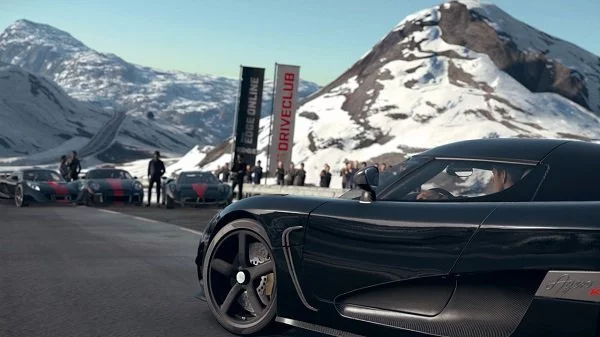
Stevivor: Will Driveclub feature open world roaming?
Simon Barlow: It’s a racing game, rather than a driving game, so it’s very deliberate that… well, there are three different tracks in game: point-to-point, road circuits and actual race tracks. The game isn’t open world, largely because the engine wasn’t built with open world in mind. Now, it is sensible enough that we could probably do that in time, but for now, we’ve focused on carefully designed, hand-crafted racing tracks.
Stevivor: Will vehicle damage feature in this game?
Simon Barlow: Yep.
Stevivor: Cool. So, what’s the process of coding that in a game?
Simon Barlow: The rule of thumb is, as long as the car is still recognisable from its silhouette, you’re fine. If you smash a car up, as long as it still looks a bit like it should, you’re fine.
We didn’t want hinged parts and body bits falling off, but we wanted damage to feel authentic. Racing is a contact sport, and cars are going to get damaged. That’s how we got the rule about the silhouette. Manufacturers are okay with that, because their cars are still recognisable. It’s all procedural damage tool, which is pretty cool. You can peel away layers of paint; even the windscreen, and any glass in the car will shatter depending on the impact and its vector. Things like that. It feels authentic.
Stevivor: Going back to longevity, you’ve spoken about supporting the game for at least a year. Where do you see the franchise going from there?
Simon Barlow: I don’t know. It really depends on… with this being designed as a service, we could just keep extending it. No one’s asking for World of Warcraft 2, you know. We could just keep extending. We’re adding weather now, and it looks like a different game than it did a year ago. If there’s a community behind it, we can keep Driveclub going indefinitely.
The fact that I don’t have an answer greatly excites me, too.
Stevivor: It looks like we’re out of time. Thanks so much for speaking with me.
Simon Barlow: Thank you.
—
Driveclub is available on 8th October 2014 for the PS4.
This article may contain affiliate links, meaning we could earn a small commission if you click-through and make a purchase. Stevivor is an independent outlet and our journalism is in no way influenced by any advertiser or commercial initiative.



